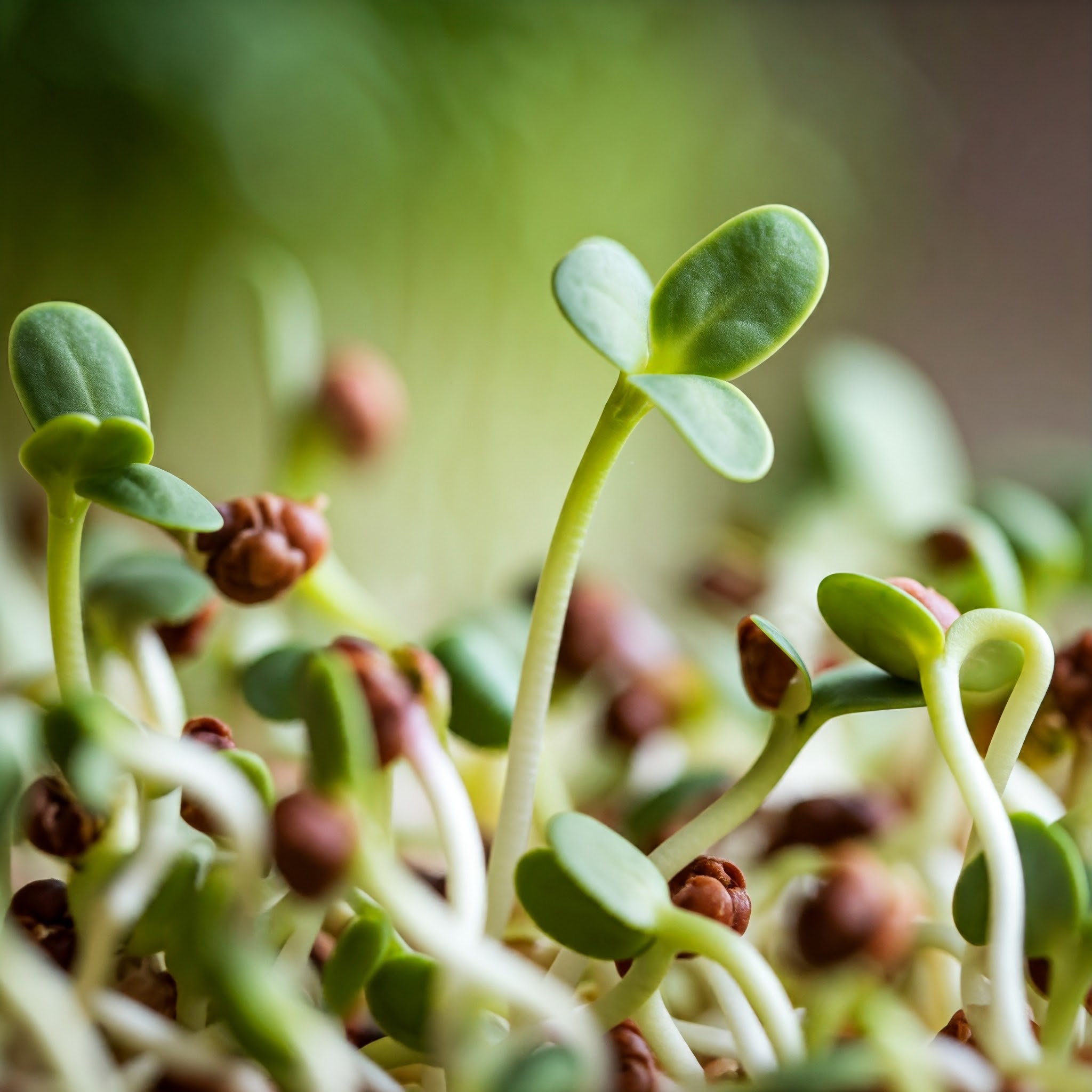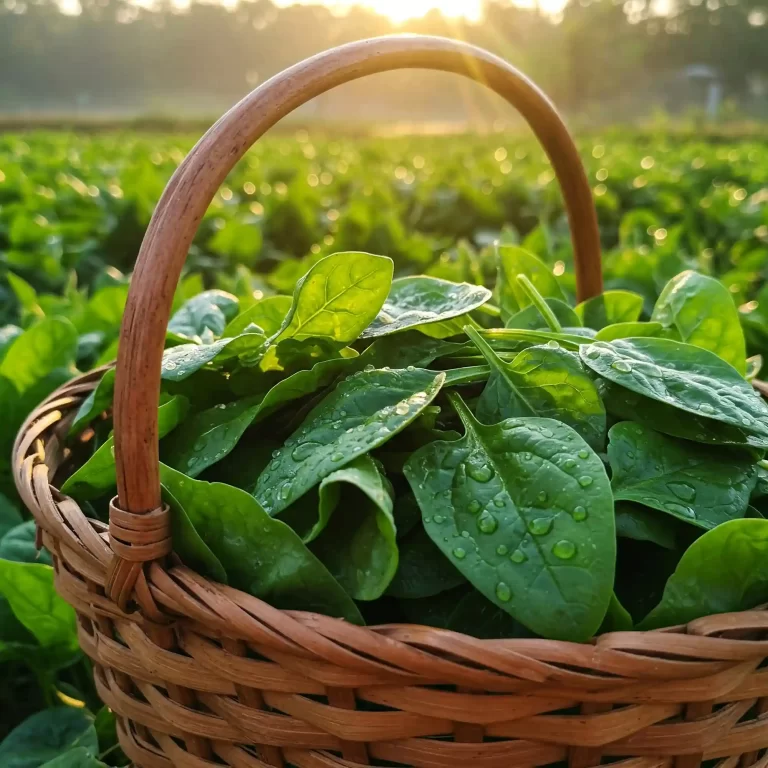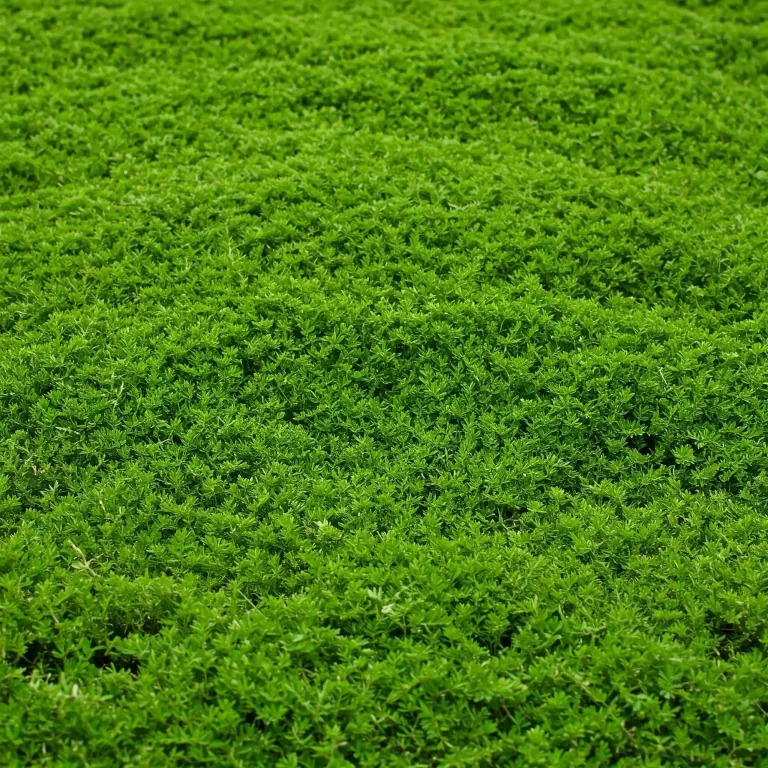Are you tired of bland, store-bought produce? Do you crave fresh, nutritious food that you can grow right in your own home? If so, then sprouting seeds might be the perfect solution for you. Sprouting is a simple and rewarding process that allows you to cultivate nutrient-dense microgreens in just a few days. In this comprehensive guide, we’ll explore everything you need to know about sprouting seeds, from selecting the right seeds to harvesting and enjoying your homegrown produce.
So, let’s dive in and discover the world of sprouting!
Understanding Sprouts
What are Sprouts?
Sprouts are young plants that have germinated from seeds but have not yet developed true leaves. They are also known as microgreens. Sprouts are packed with nutrients, including vitamins, minerals, and antioxidants. They are a great source of protein and fiber, and they can be easily incorporated into your daily diet.
Types of Sprouts
There are many different types of sprouts that you can grow at home. Some of the most popular include:
- Alfalfa sprouts: These are small, green sprouts with a slightly nutty flavor.
- Mung bean sprouts: These are slightly larger than alfalfa sprouts and have a mild, sweet taste.
- Radish sprouts: These have a peppery flavor and a crisp texture.
- Sunflower sprouts: These are larger than other sprouts and have a slightly bitter taste.
- Broccoli sprouts: These have a mild, nutty flavor and are a good source of sulforaphane, a compound that has been shown to have cancer-fighting properties.
- Wheatgrass sprouts: These are tall, green sprouts with a grassy flavor.
Health Benefits of Sprouts
Sprouts are a highly nutritious food. They are a good source of vitamins A, C, and K, as well as minerals such as calcium, iron, and magnesium. Sprouts are also a good source of protein and fiber. Some of the health benefits of consuming sprouts include:
- Improved digestion: Sprouts are a good source of fiber, which can help to improve digestion.
- Boosted immunity: Sprouts are a good source of antioxidants, which can help to boost your immune system.
- Weight loss: Sprouts are low in calories and high in nutrients, making them a great addition to a healthy diet.
- Reduced risk of chronic diseases: Some studies have shown that consuming sprouts may help to reduce the risk of chronic diseases such as heart disease and cancer.
Sprouting vs. Seedlings
Sprouts and seedlings are both young plants, but there are some key differences between them. Sprouts are harvested before they develop true leaves, while seedlings are harvested after they have developed true leaves. Sprouts are typically more tender and have a milder flavor than seedlings.
Why Sprout Seeds?
Sprouting seeds is a rewarding hobby that offers numerous benefits. Here are just a few reasons why you should consider sprouting seeds at home:
- Nutritional Value: Sprouts are packed with nutrients, including vitamins, minerals, and antioxidants. They are a great source of protein and fiber, and they can be easily incorporated into your daily diet.
- Environmental Benefits: Growing your own sprouts is a sustainable way to obtain fresh, nutritious food. It reduces your carbon footprint by eliminating the need for transportation and packaging.
- Cost-Effective: Sprouting seeds is a very affordable way to grow your own food. A small packet of seeds can produce a large quantity of sprouts.
- Easy to Grow: Sprouting seeds is a simple process that requires minimal effort. With just a few basic supplies, you can be growing your own sprouts in no time.
- Fun and Rewarding: Sprouting seeds is a fun and rewarding hobby. It is a great way to connect with nature and learn about the growth process.
Equipment Needed for Sprouting
To get started with sprouting, you will need a few basic supplies. These include:
- Sprouting jars or containers: These can be mason jars, wide-mouth jars, or special sprouting containers.
- Sprouting lids or screens: These help to keep the seeds moist and aerated.
- Organic sprouting seeds: You can find a variety of sprouting seeds at your local health food store or online.
How to Sprout Seeds
Sprouting seeds is a simple process that can be done in just a few steps:
- Soak the seeds: Place the seeds in a sprouting jar or container and cover them with water. Let the seeds soak for 8-12 hours.
- Rinse and drain: Drain the water from the seeds and rinse them thoroughly with cold water.
- Sprouting: Place the sprouting jar or container in a warm, dark place. Rinse the seeds with cold water twice a day.
- Harvest: Harvest the sprouts when they reach your desired length.
Common Sprouting Mistakes and How to Avoid Them
There are a few common mistakes that people make when sprouting seeds. Here are some tips for avoiding these mistakes:
- Don’t over-soak the seeds: If the seeds are soaked for too long, they may become moldy.
- Rinse the seeds regularly: Rinsing the seeds twice a day will help to prevent mold and bacteria growth.
- Keep the sprouting container in a warm, dark place: Sprouts need a warm, dark environment to germinate.
- Don’t use tap water: Tap water may contain chlorine or other chemicals that can harm the sprouts. Use filtered water or distilled water instead.
Incorporating Sprouts into Your Diet
Sprouts can be added to a variety of dishes. Here are a few ideas:
- Salads: Add sprouts to your favorite salads for a boost of nutrients and flavor.
- Sandwiches and wraps: Use sprouts as a filling for sandwiches and wraps.
- Smoothies and juices: Blend sprouts into smoothies or juices for a nutritious and refreshing drink.
- Stir-fries and soups: Add sprouts to stir-fries and soups for a healthy and flavorful addition.
By following these tips, you can easily grow your own healthy and delicious sprouts at home.
Types of Sprouts to Grow
There are many different types of sprouts that you can grow at home. Each type has its own unique flavor, texture, and nutritional profile. Here are a few of the most popular types of sprouts:
- Alfalfa sprouts: These are small, green sprouts with a slightly nutty flavor. They are a good source of protein, fiber, and vitamins A, C, and K.
- Mung bean sprouts: These are slightly larger than alfalfa sprouts and have a mild, sweet taste. They are a good source of protein, fiber, and iron.
- Radish sprouts: These have a peppery flavor and a crisp texture. They are a good source of vitamins C and K, and minerals such as calcium and magnesium.
- Sunflower sprouts: These are larger than other sprouts and have a slightly bitter taste. They are a good source of protein, fiber, and vitamin E.
- Broccoli sprouts: These have a mild, nutty flavor and are a good source of sulforaphane, a compound that has been shown to have cancer-fighting properties.
- Wheatgrass sprouts: These are tall, green sprouts with a grassy flavor. They are a good source of vitamins A, C, and K, as well as minerals such as iron and magnesium.
Factors to Consider When Choosing Sprouts
When choosing which types of sprouts to grow, there are a few factors to consider:
- Taste: Consider your personal preferences and the flavors that you enjoy.
- Nutritional value: If you are looking for a particular nutrient, choose a sprout that is high in that nutrient.
- Ease of growth: Some sprouts are easier to grow than others. If you are a beginner, you may want to start with a type of sprout that is easy to grow.
- Culinary applications: Consider how you plan to use the sprouts. Some sprouts are better suited for salads, while others are better suited for smoothies or juices.
Experimenting with Different Types of Sprouts
The best way to find the types of sprouts that you enjoy the most is to experiment with different varieties. You can grow a variety of sprouts at the same time to compare their flavors and textures.
By trying different types of sprouts, you can find the perfect ones to add to your diet.
Incorporating Sprouts into Your Diet
Sprouts can be added to a variety of dishes. Here are a few ideas:
- Salads: Add sprouts to your favorite salads for a boost of nutrients and flavor.
- Sandwiches and wraps: Use sprouts as a filling for sandwiches and wraps.
- Smoothies and juices: Blend sprouts into smoothies or juices for a nutritious and refreshing drink.
- Stir-fries and soups: Add sprouts to stir-fries and soups for a healthy and flavorful addition.
- Sprout salads: Create a simple and nutritious salad using only sprouts. Toss a variety of sprouts with a light dressing and enjoy.
- Sprout wraps: Fill a whole-grain tortilla with sprouts, hummus, and your favorite vegetables for a healthy and satisfying meal.
- Sprout smoothies: Blend a variety of sprouts with fruits, vegetables, and a liquid base for a nutritious and refreshing smoothie.
- Sprout stir-fries: Add sprouts to your favorite stir-fries for a boost of nutrients and flavor.
- Sprout soups: Add sprouts to soups for a hearty and nutritious meal.
- Sprout sandwiches: Create a healthy and delicious sandwich using sprouts as a filling.
Tips for Using Sprouts in Your Cooking
- Use fresh sprouts: For the best flavor and nutritional value, use sprouts that are fresh and crisp.
- Add sprouts to your dishes at the last minute: This will help to preserve their nutrients and flavor.
- Experiment with different flavors: There are many different ways to use sprouts in your cooking. Experiment with different flavors and combinations to find your favorites.
By incorporating sprouts into your diet, you can enjoy the many benefits of this nutritious food.
Frequently Asked Questions (FAQ)
Q: How long does it take for sprouts to grow?
A: The time it takes for sprouts to grow varies depending on the type of seed. Some sprouts, such as alfalfa sprouts, can be harvested in just a few days, while others, such as sunflower sprouts, may take a week or longer.
Q: Can I sprout seeds in a dark place?
A: Most sprouts do not require light to germinate. However, some sprouts, such as wheatgrass sprouts, may benefit from exposure to light.
Q: Are there any health risks associated with eating sprouts?
A: Eating sprouts is generally safe. However, there is a small risk of foodborne illness if the sprouts are not handled or stored properly. To reduce the risk of foodborne illness, it is important to rinse the sprouts thoroughly and store them in the refrigerator.
Q: Can I reuse the same sprouting container for different seeds?
A: It is best to use a separate sprouting container for each type of seed. This will help to prevent cross-contamination.
Q: How long can I store sprouts in the refrigerator?
A: Sprouts can be stored in the refrigerator for up to 5 days.
Q: What is the best time of year to sprout seeds?
A: Sprouts can be grown year-round. However, they may be easier to grow during the warmer months.
Conclusion
Sprouting seeds is a simple and rewarding way to grow your own fresh, nutritious food. By following the tips in this guide, you can easily start sprouting seeds at home.
Here are some of the benefits of sprouting seeds:
- Nutritional value: Sprouts are packed with nutrients, including vitamins, minerals, and antioxidants.
- Environmental benefits: Growing your own sprouts is a sustainable way to obtain fresh, nutritious food.
- Cost-effective: Sprouting seeds is a very affordable way to grow your own food.
- Easy to grow: Sprouting seeds is a simple process that requires minimal effort.
- Fun and rewarding: Sprouting seeds is a fun and rewarding hobby.
I encourage you to give sprouting seeds a try. You may be surprised at how easy it is and how much you enjoy it.
Thank you for reading!
Please let me know if you have any questions.


